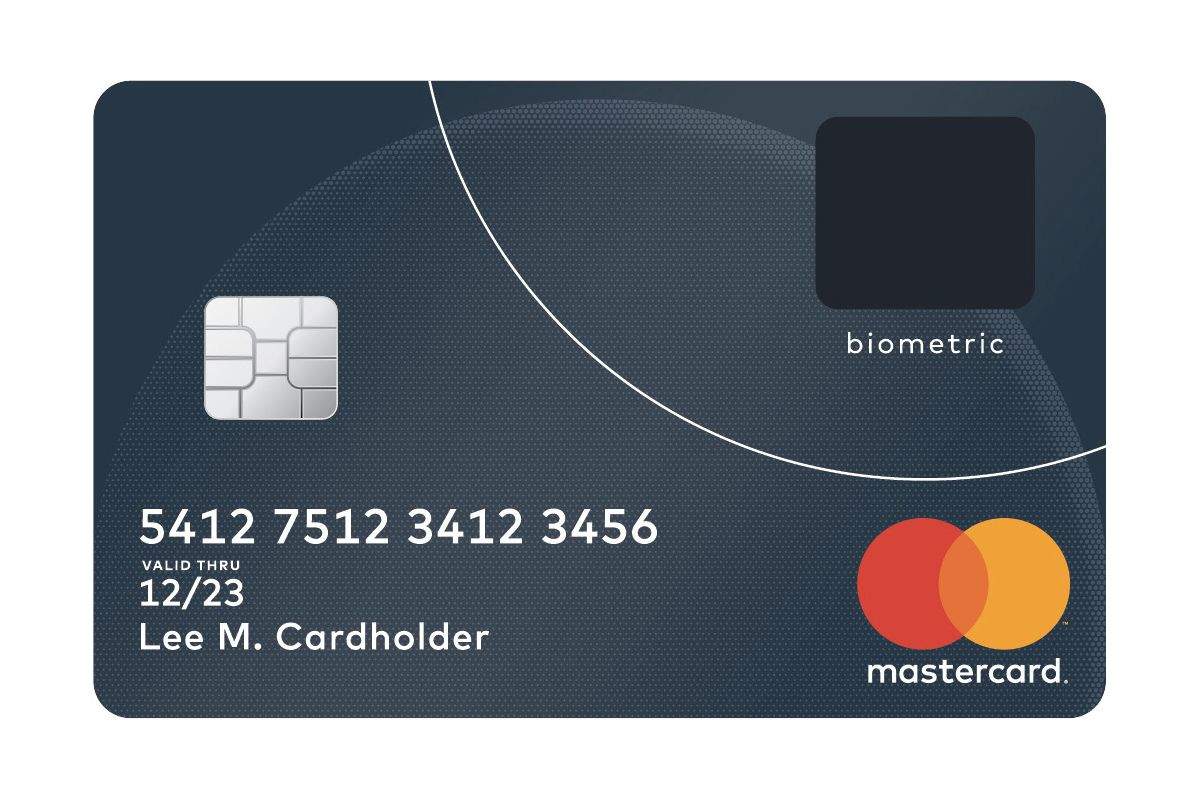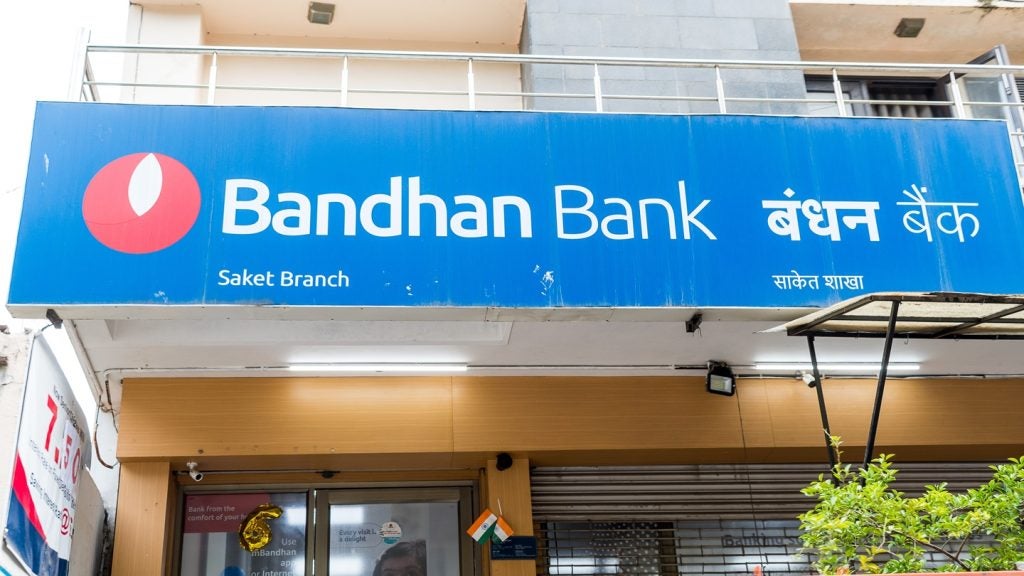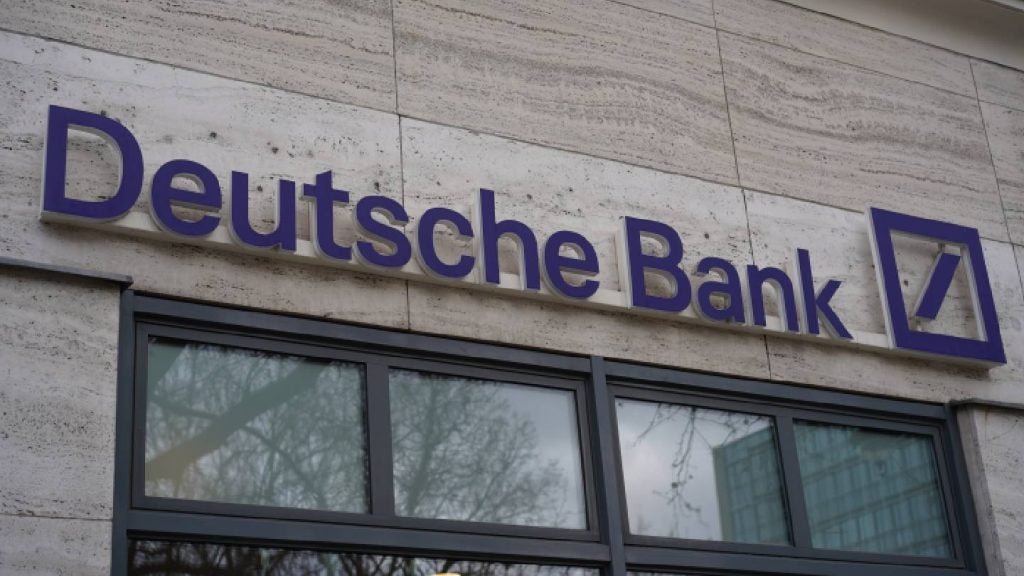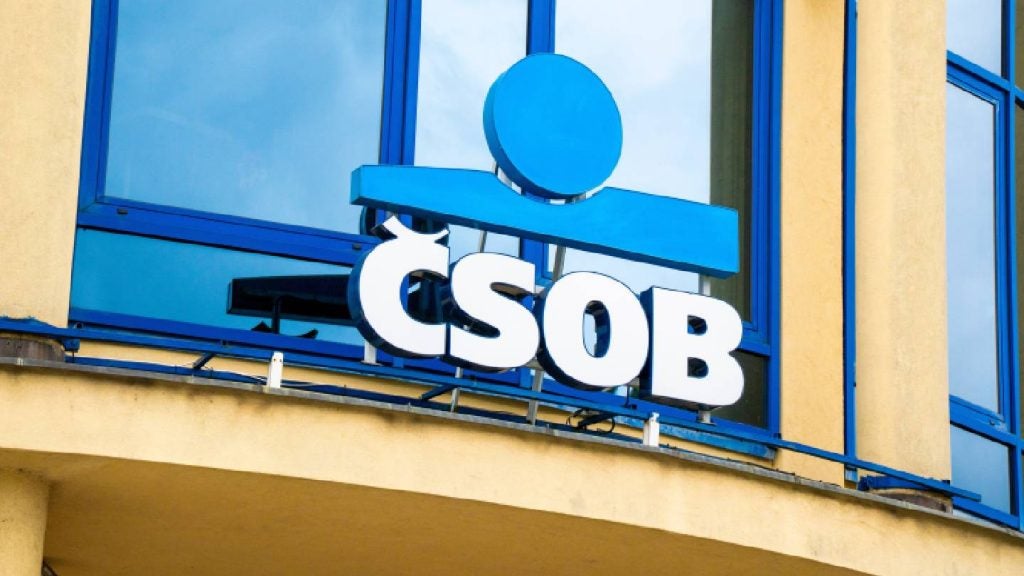
Biometric payments are set to soar from as early as next year.
With regards to card payments, currently just 1-2% per cent of online transactions require cardholder authentication.

Access deeper industry intelligence
Experience unmatched clarity with a single platform that combines unique data, AI, and human expertise.
This is set to rise to up to 25% or 1 in 4 payments from next September.
Fighting fraud
New EU regulations come into place in September 2019 with the aim of tackling online fraud, by increasing the number of transactions subject to two factors of authentication by the payer. The regulation is known as Strong Customer Authentication (SCA).
Authentication for online payments and account access will be based on the use of two or more different factors in the future:
- Something you know, such as a password;
- Something you have, such as a phone, or card, and
- Something you are, such as a fingerprint
This will mostly impact card payments made over the internet – be it a desktop or mobile purchase. It will also apply to some contactless transactions, as a check to ensure the card is being used by its owner.

US Tariffs are shifting - will you react or anticipate?
Don’t let policy changes catch you off guard. Stay proactive with real-time data and expert analysis.
By GlobalDataHowever, in store chip and pin transactions are already complaint and use two factors.
The end of passwords?
Although the biometric payments measures are designed to protect consumers and businesses from being defrauded, Mastercard is working with banks and the rest of the industry to ensure they are implemented without ‘disrupting’ the convenience of payments for consumers.
Ajay Bhalla, President Global Enterprise Risk and Security, Mastercard said: “The use of passwords to authenticate someone is woefully outdated, with consumers forgetting them and retailers facing abandoned shopping baskets.
“In payments technology this is something we’re closing in on as we move from cash to card, password to thumbprint, and beyond to innovative technologies such as artificial intelligence. It’s far easier to authenticate with a thumbprint or a selfie, and it’s safer too.”







